Wildlife management in Africa is more complex than many realise, Alex Hatton explains in the run up to another trophy hunting debate. There’s a lot to be learnt from the country’s managed national parks...
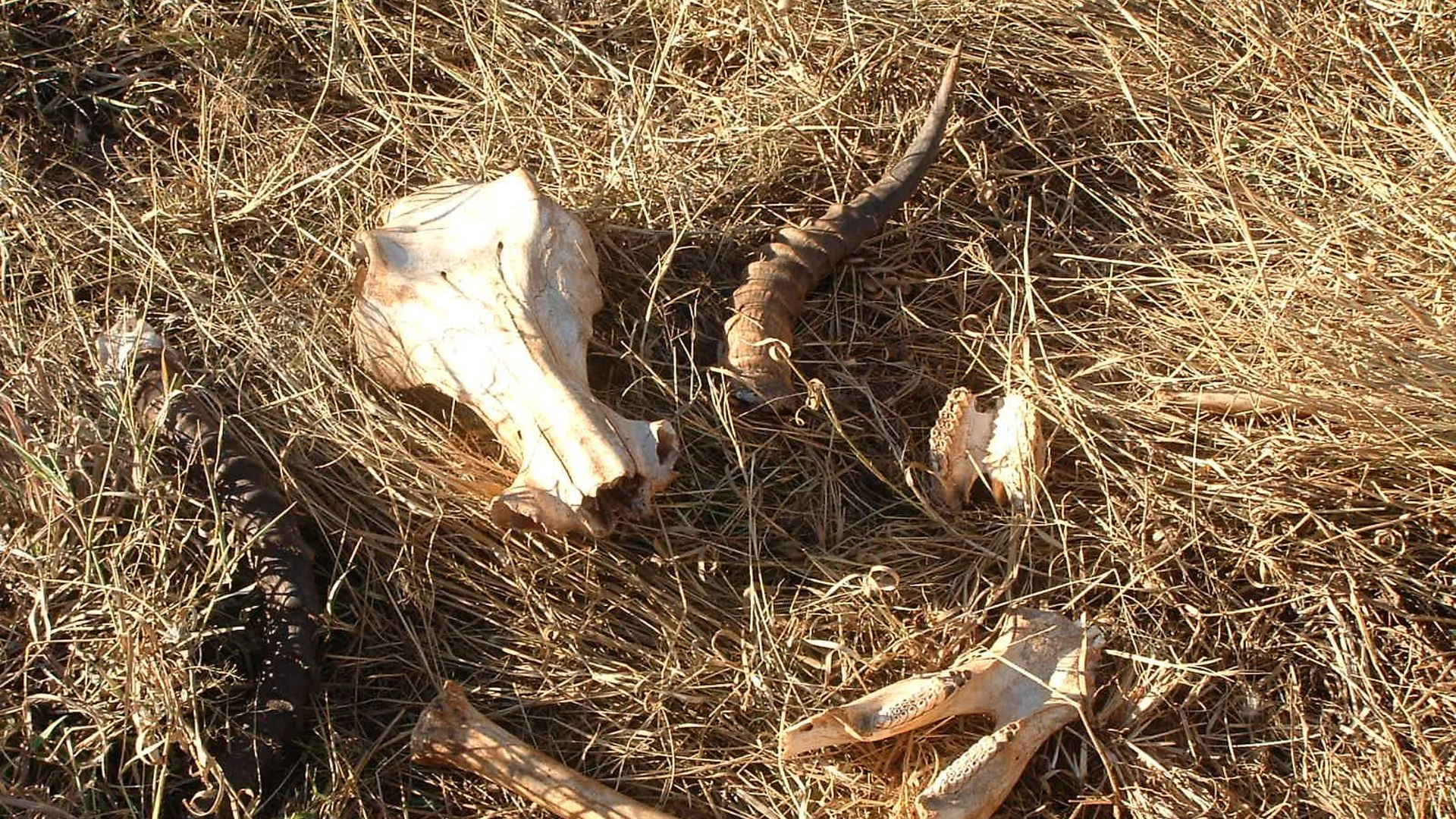 credit: Archant
credit: Archant
At some point in the future, once the pandemic has finally subsided, trophy hunting restrictions will be debated again. Some years ago, I worked on a wildlife reserve in South Africa. I was taken under the wing of a very experienced man, the owner of the reserve, who was an avid conservationist and hunter. Originally from Zimbabwe, he had sold up before it was too late. And working under him was an eye-opening experience. I only wish I had stayed for longer to glean more of his knowledge. Anyone who has spent time in Africa and says that trophy hunting is wrong clearly does not understand the complexities of managing wildlife.
Arriving as an MSc student on a university trip, it was not quite what I expected. We drove into the reserve through big, tall gates, with huge perimeter fencing going as far as the eye could see around the reserve. But this was South Africa, and I soon learned the rather unromantic phrase ‘game farming’. Man was very much in charge of what went on within the fenced boundaries, but this didn’t detract from my admiration of the place once I learnt what it took to keep the system going. Away from the fences, it was almost like the picture you conjure in your mind when you envisage Africa, an image helped along by the soothing voice of a TV presenter. Although I learnt a lot from this first trip, I was invited back to work there, when I learnt so much more.
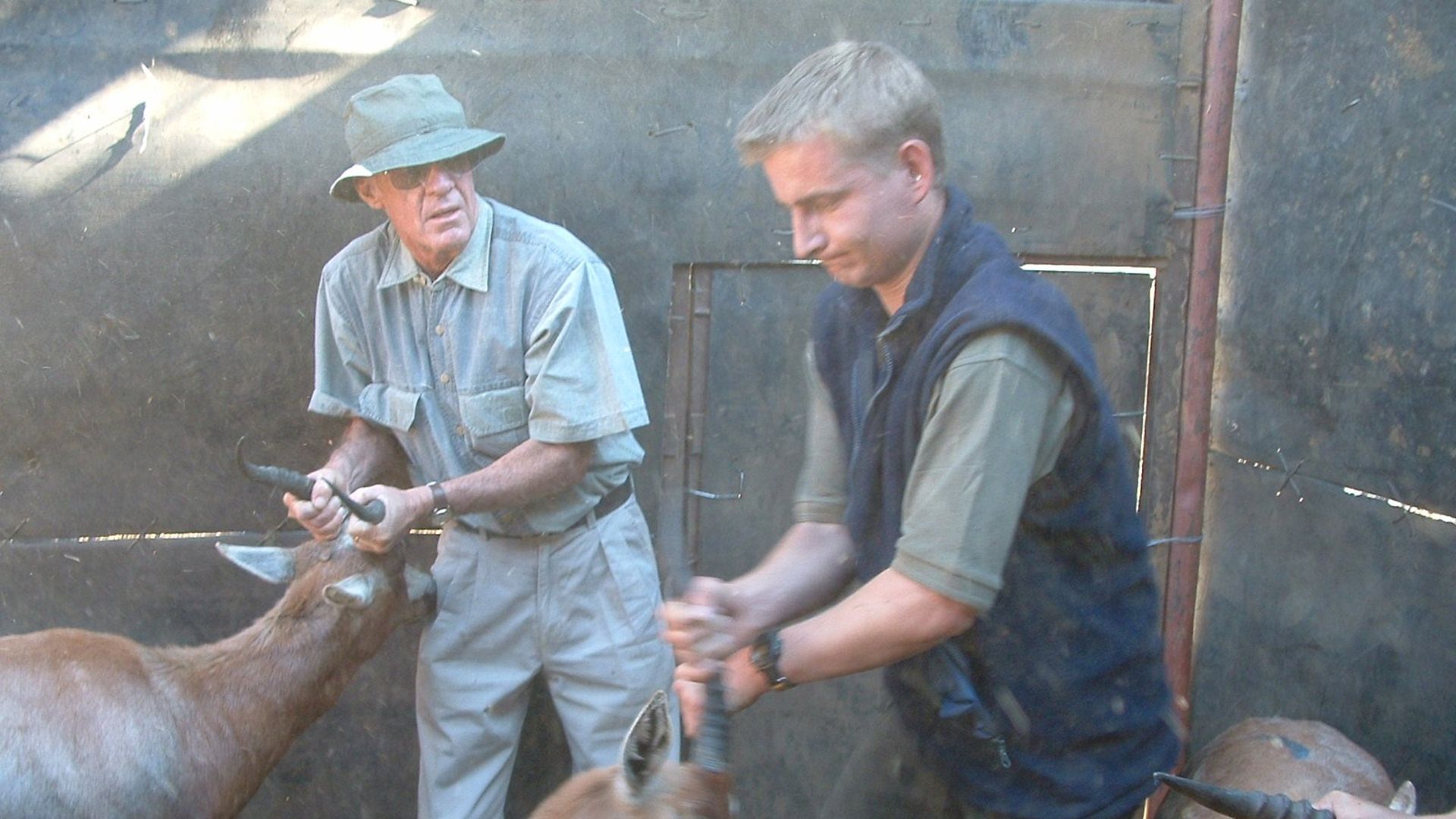 credit: Archant
credit: Archant
What was inside these fences had largely been put there, and beyond the fence were cattle farms. Whilst some animals (such as warthog, impala, leopards, baboons, vervet monkeys, birds, reptiles and amphibians) came and went as they pleased, an industry had sprung up around the need to make these fenced game farms as natural as possible, which meant stocking them with what these animals would have had access to in the wild. Why the change from cattle to game? Money. Put simply, per acre, a game farm can bring in more income than a cattle farm, and this is what created the whole industry.
Throughout my time on the reserve, both as a student and an employee, I learnt a lot about the economics and its necessary processes. The scale and practicality of this exercise blew my mind at first; although the fences did surround the reserve, the animals within it behaved exactly as wild animals should. Yet the animals lacked the freedom to move, and therefore couldn’t migrate outside of its boundaries should they wish. However, the sheer size of the reserves, coupled with good management, means they should never feel the need to leave, providing they have food and water. Comparing it to the UK, many red deer on Scottish estates never leave its boundaries. They have food, water, and are able to breed and rear young – providing they do not go above the carrying capacity. So how do game farms stop this happening?
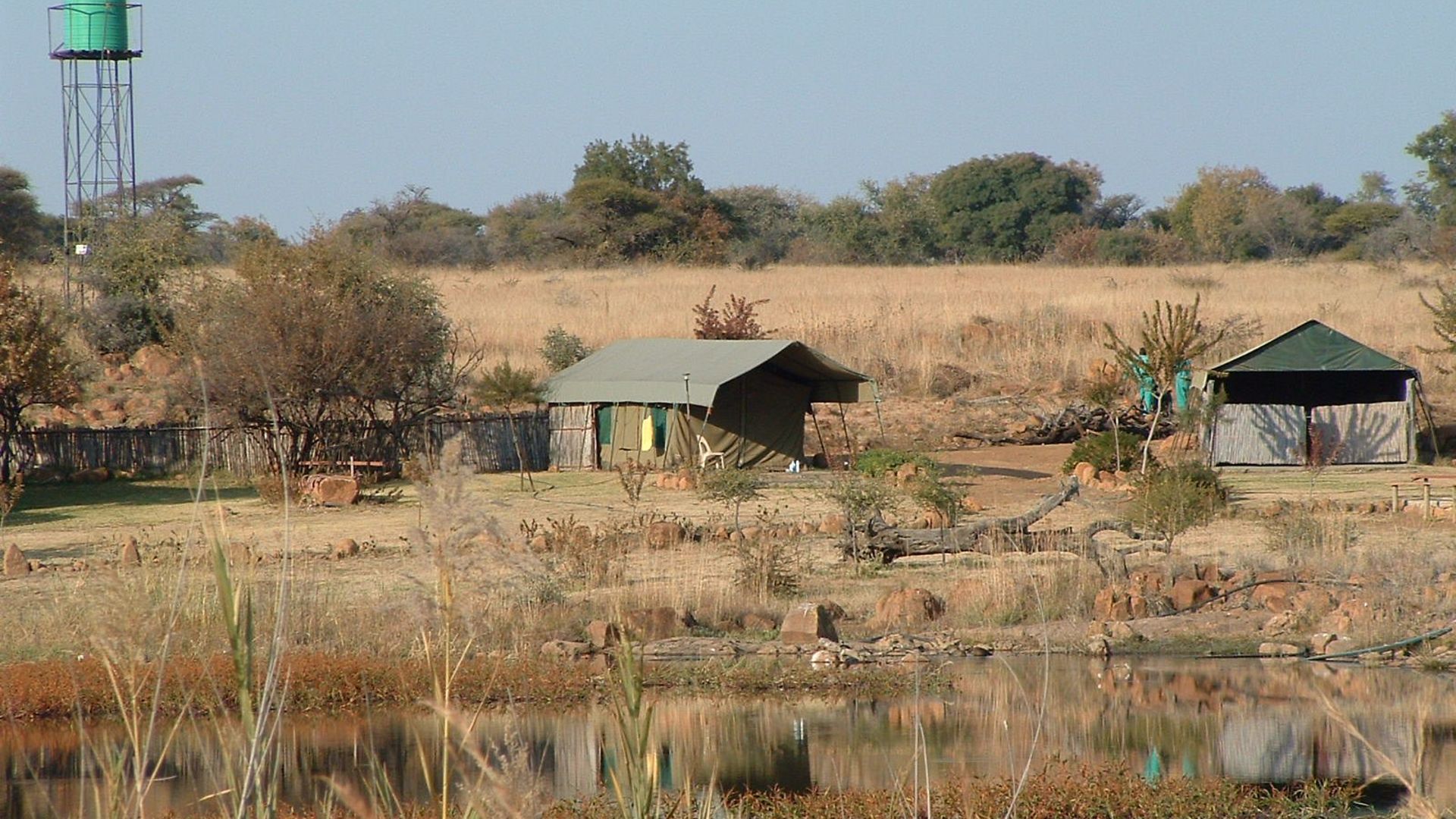 credit: Archant
credit: Archant
The key to any farming, domestic or wild game, is having the resources to feed your animals all year round. The difference between domestic and wild game is that they cannot just be moved when resources are low; stock fences cannot be put up quickly to rest an area, and feeding a very large quantity of animals with bought in food is not sustainable. The cyclical droughts have to be considered, as although bore holes can be tapped to provide extra drinking water, in addition to natural springs and rivers, even these can dry up.
Reserve design and stocking
With all this in mind, a game farmer must make money from their animals. The most simple way is from ecotourism and parties visiting a reserve. And overnight stays will bring in additional income from the entry fees in the form of accommodation, meals and drinks. To attract guests, there is an expectation to stock animals that they want to see; the standard ones are a mix of grazers, such as impala, zebra and wildebeest, but also browsers such as kudu, nyala and giraffe. A difficult decision must be made as to how many of the big five a reserve will stock, as these are at the top of the list for visitors!
There is an excellent success story in South Africa for the white rhino, although poaching keeps knocking them back, and so stocking them does involve a costly anti-poaching patrol cost. TB-free buffalo certainly command a high price, but are, nevertheless, a welcome addition to a reserve. Elephants are difficult to keep, as they can (and do) break through fences, as well as eat large numbers of trees, so they are not always a viable choice. They are also difficult to re-home if you find yourself overstocked.
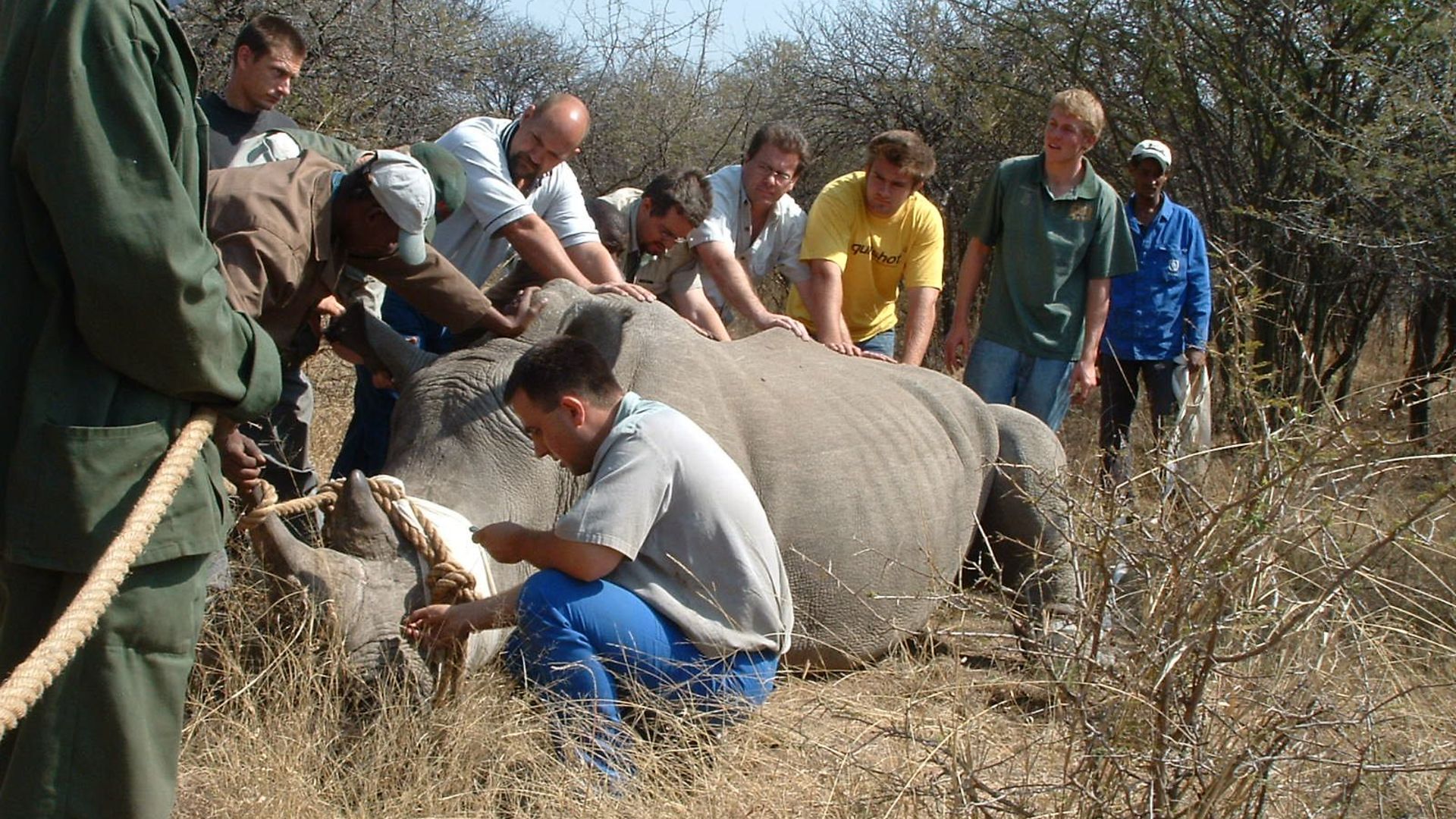 credit: Archant
credit: Archant
Then comes the last two of the big five: the leopard and lion. A game farmer has to decide if predators will control the prey species or if they will. Although leopard are a free-ranging species in much of South Africa, they are fairly solitary animals, so they do not impact ungulate numbers too much. It’s unlikely many guests will see them, even though the evidence of their presence is everywhere! Stocking lions is certainly a game changer. their numbers tend to build quickly where game is plentiful. And because the animals are fenced, hunting becomes easy, as they quickly learn to ambush animals around the fence lines.
Tourist game drives tend to avoid the fences in order to enhance the wild feeling, which is exactly where lions tend to hang out. And so the cycle of low numbers of ungulates and high numbers of very hungry lions begins. With lion hunting very much frowned upon in the West, what a lion brings is very little. And when added to the new wave of objections that will continue to filter through over the coming years, along with a potential ban of importation of trophies, there will certainly be a crash in lion numbers on fenced reserves as their value plummets further.
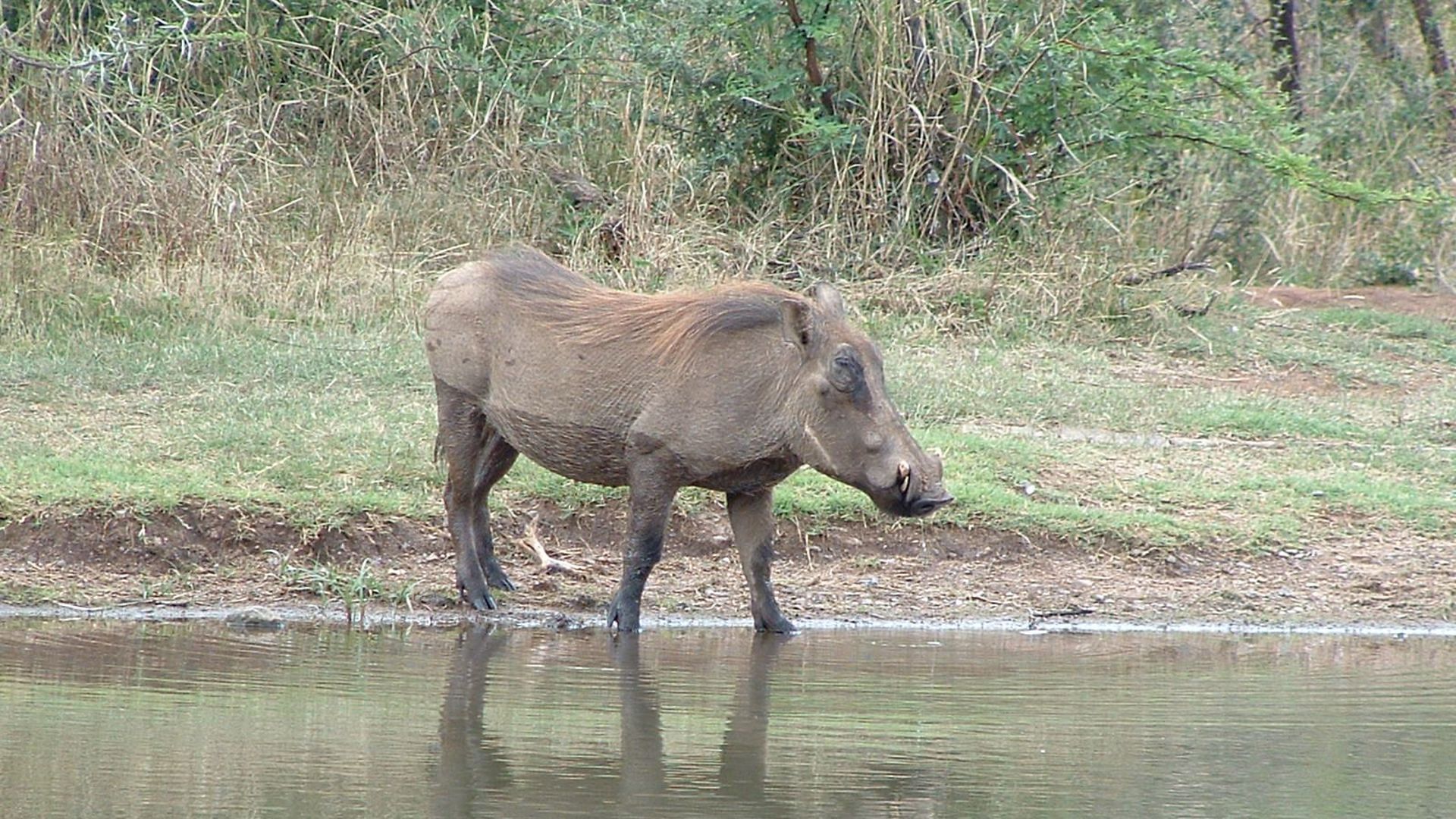 credit: Archant
credit: Archant
I visited a cheetah rescue centre whilst in South Africa, and they really struggle to find any reserve that will take on cheetah. As they are such successful predators, they have no place out of fenced reserves; and inside them, they have too great an impact on the prey populations. Brown hyena, which are certainly not as predatory as the spotted hyena, were found across the region. They had also found a place where they could hoover up the scraps of the game farming industry, yet they still struggle outside its high-fenced areas.
Tourists still want to see a good variety of bird life as they tour round, so having a mix of water bodies and bore holes, as well as varied habitats throughout the reserve, certainly helps this. Keeping the game density at the correct level ensures there are trees to nest in, and that groundnesting birds do not get nests constantly trampled.
A big part of the reserve’s income was education, which is why many British universities visited the reserve to learn about game ranch management. Hundreds of visiting students learnt about the complexities of managing an environment like this, and the importance of practical game management. One thing I did whilst there was curate a small reserve museum using hunting trophies.
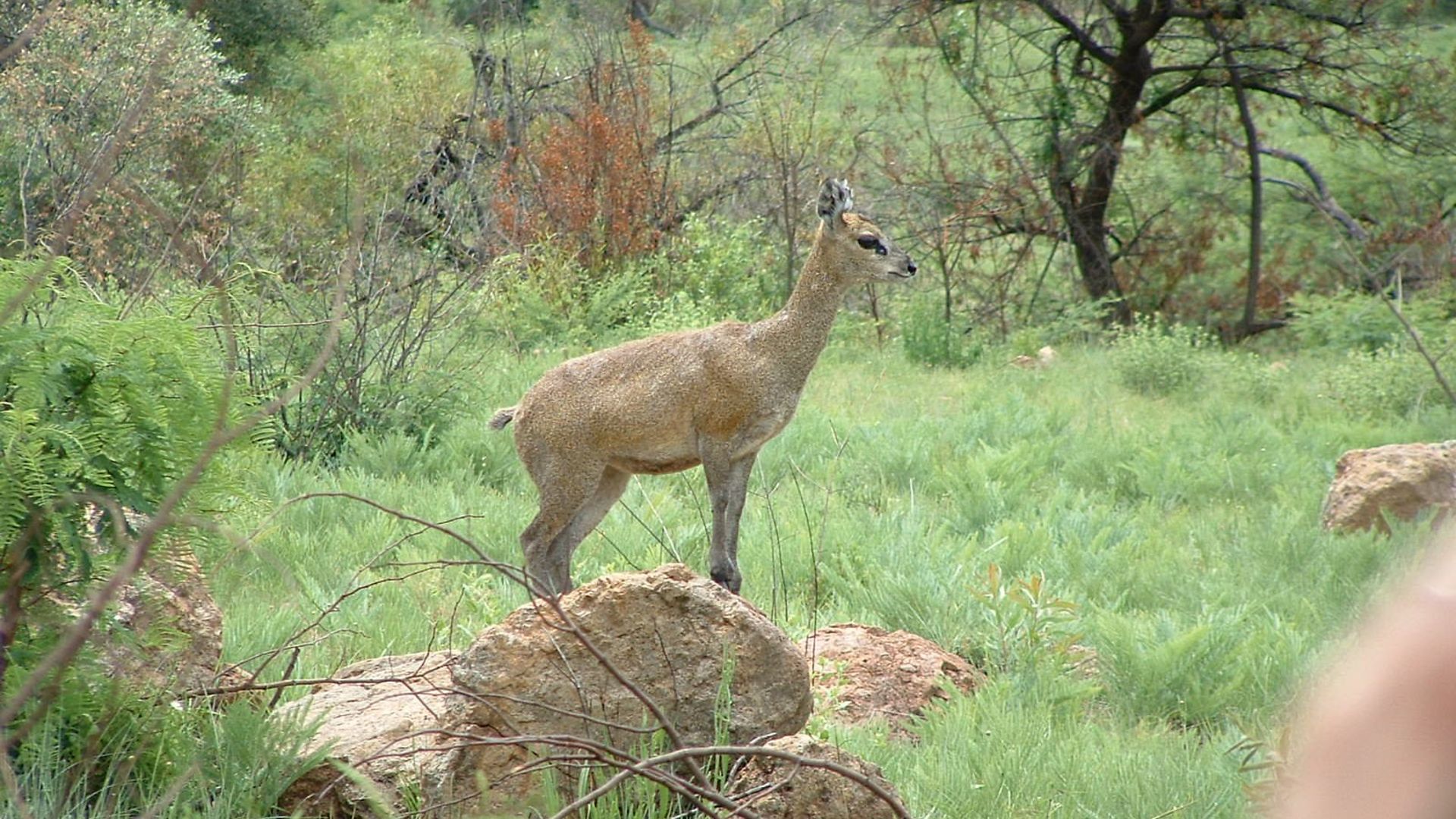 credit: Archant
credit: Archant
Mammal control
Without doubt, the most important decision a game farmer will make in a year is on the mammal harvest. This is not a simple exercise when you are talking about such large populations. Where I worked, this always started with a game count from a helicopter, coupled with a count on foot.
The next step was to run an assessment of the condition of the grasses and tree cover. Certain species of grass had a higher nutritional value than others; some were only used for cover; others indicated the grass was long past its best, thus requiring controlled burning to bring it back again. Only by assessing all of the above was it possible to see how many animals needed taking off.
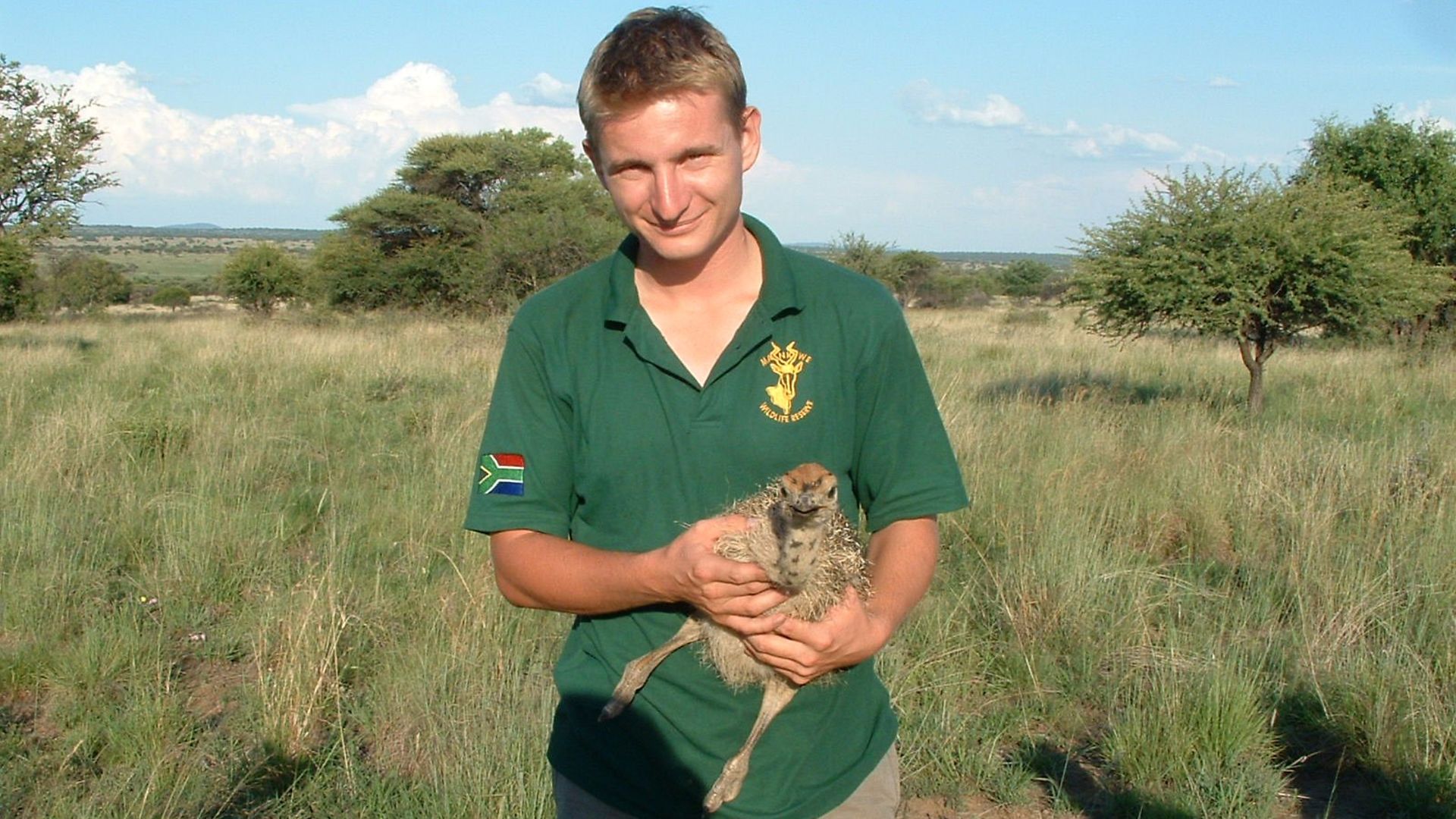 credit: Archant
credit: Archant
Trophy hunting without doubt brings in a huge income in exchange for minimal effort. A well-managed population will bring on a number of mature rams/bulls, and to have a foreign hunter in for a week would bring in more income than a month of eco-tourists. With meat going into the freezers to feed visiting tourists, and animals who were past breeding being taken out, these were certainly times to cash in on wildlife management.
Next came the meat hunts, usually local groups who wanted to fill their own freezers and make masses of biltong. A group of six hunters would certainly get through a few dozen animals a few times a year, and would usually take a lot of female impala and blesbok.
Several hunting trips a year certainly thinned out the herds a little. But in times of plentiful resources, they were never enough for the hundreds of animals that must leave the reserve. And so, game capture and relocation on scale was needed.
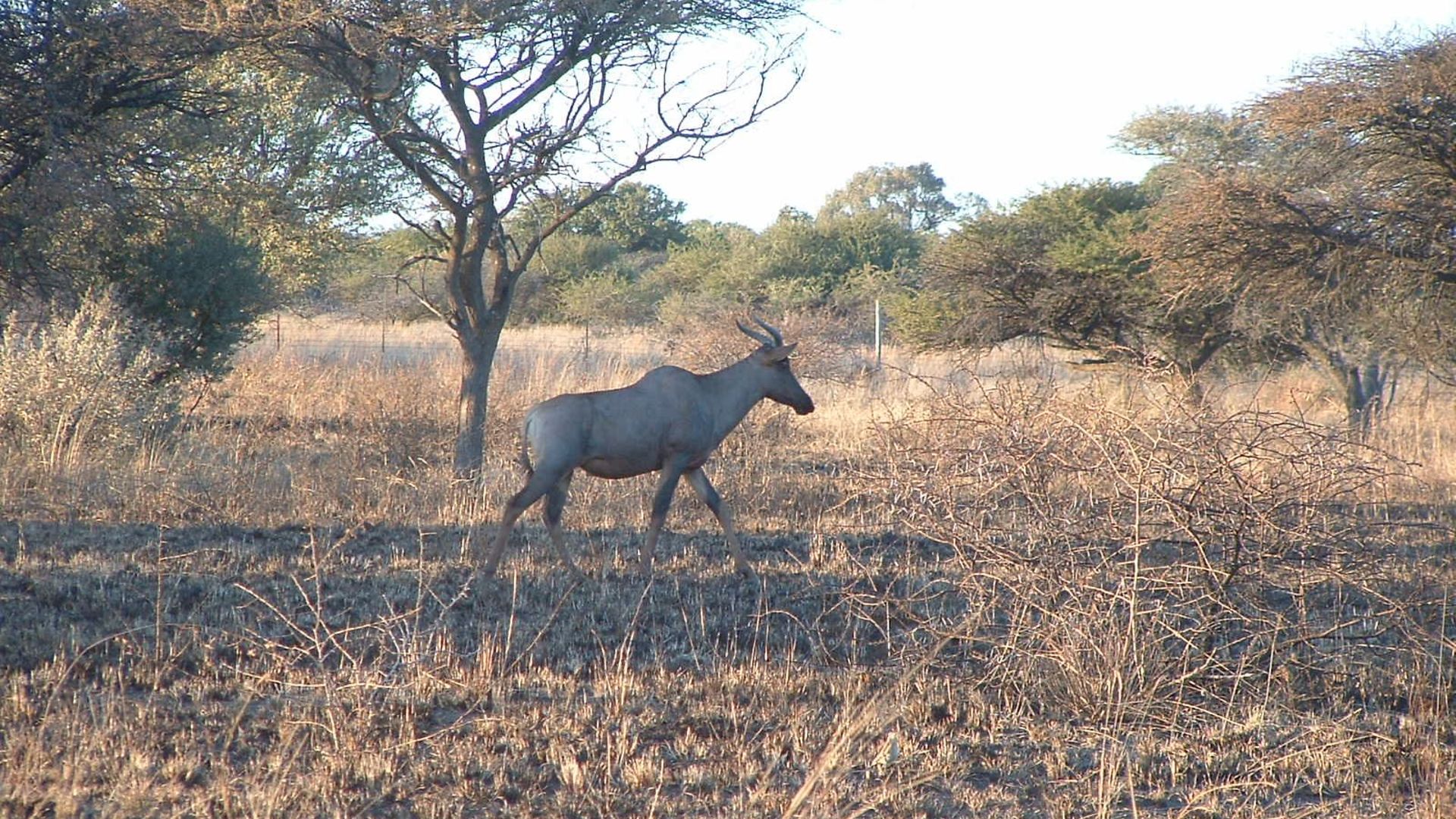 credit: Archant
credit: Archant
My first experience of this was with a giraffe capture. As the young bull giraffes came into good breeding condition, they were sadly killed by one of the big breeding bulls. It was then decided that one of the upcoming bulls should be relocated. I had no idea what it would entail, but the capture team explained. First, the animal would be darted from the air. Then, our task was to get in front of it, hold out a rope above our heads and slow it down enough so that it could be taken to the ground, injected (to counteract the sedation), blindfolded and have its ears blocked before it was taken to the new reserve – as simple as that! What, in fact, ensued was a badly placed shot that had probably not delivered anything. But a second dose could not be administered. We ended up taking down a fully active giraffe with a rope! It was tiring but exciting – something I will certainly not forget.
A few weeks later, the capture team came back to carry out a similar exercise with a rhino that was being traded with another reserve for some new bloodlines. This was far more textbook and involved very little running!
Finally, the main animal capture exercise started, which involved the use of a boma (an animal enclosure). This structure was a few hundred metres long, starting with a very wide mouth with plastic sheets gathered into bunches. The animals were funnelled into the widest point by helicopter. As soon as they were in the boma’s mouth, the sheets were pulled across, funnelling the animals through the boma. Eventually, the captured animals ended up in a pen, and are then moved into lorries, off to their new reserve. The cost of the capture team was covered by the price the animals fetched. They were thankful to break even and get rid of a few hundred animals in one go so that carrying capacity was balanced once again.
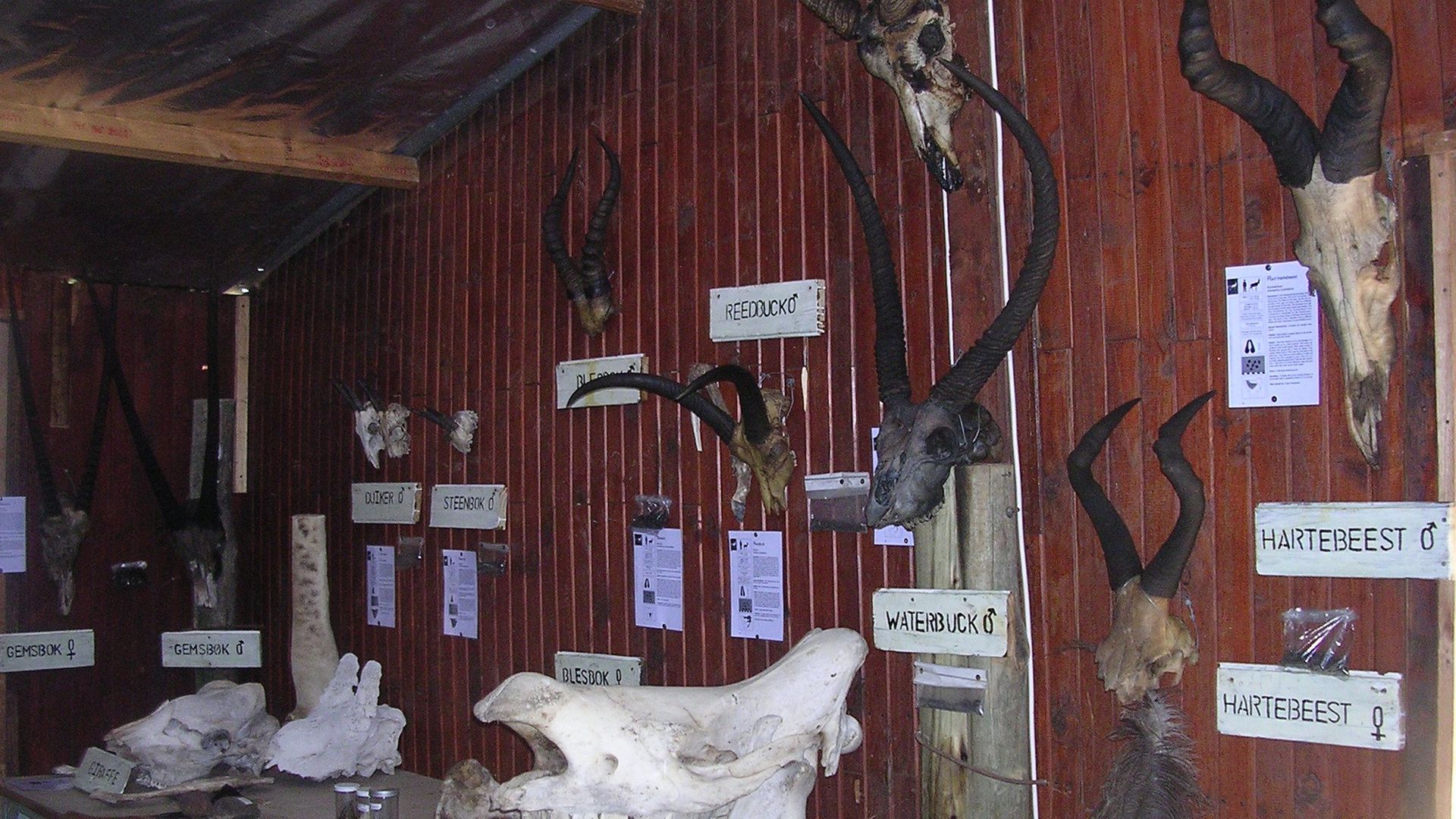 credit: Archant
credit: Archant
I often think of my days in this complex ecosystem and no longer think of the fences around it, but the huge task it is to keep it all in sync. When correctly managed, the welfare standards of the animals within it are much higher than the open areas elsewhere in Africa. While many in power in this country criticise the trips we make to Africa in pursuit of trophies, they have no idea of the complexities of producing those trophies in the first place. They are but a fraction of the work involved, yet a huge income is got from them.
Taking away that stream of income could be the difference between remaining a game farm and going back to cattle farming.